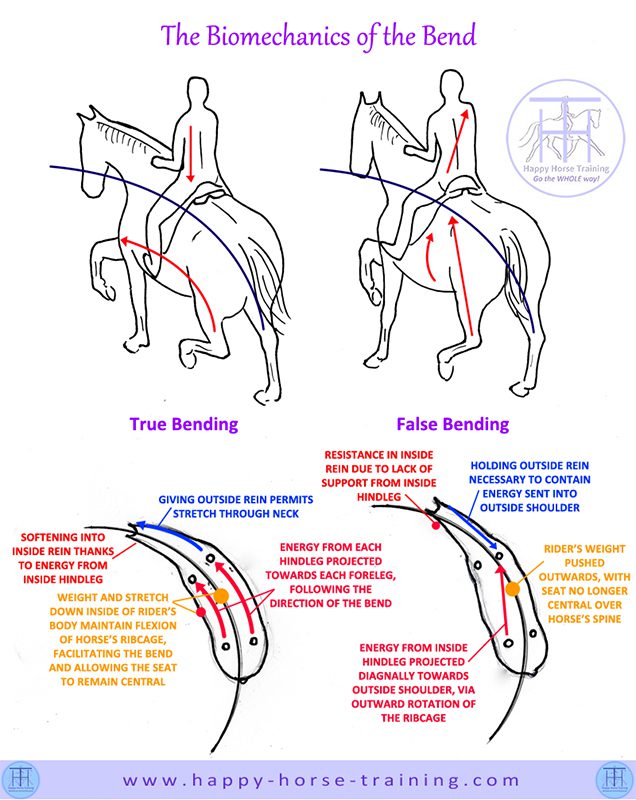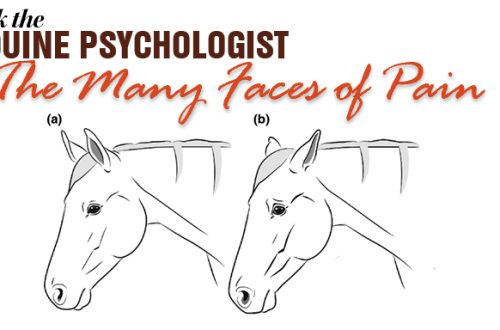
What to do if the horse shows resistance during training?
What to do if the horse shows resistance during training?
You have carefully designed a systematic, progressive training program for your horse, but every time you add a new kind of work, do you encounter some resistance?
Do not panic! Realize that every time you raise the bar, you will inevitably encounter resistance. This is a normal part of horse training. Just work through the problem slowly, in baby steps.
Keep a “checklist” in mind to help you decide if you need to take a couple of steps back, step back a bit, or have to overcome resistance. There should be three things on this “list”.
1. Physical problems. You need to know that your horse is fine, that nothing hurts him. Is everything okay with her hocks? Is her back okay? Are there any problems with your teeth? Is the snaffle right for her? And the saddle?
2. Test yourself. Make sure you are using your horse’s controls correctly. You must be sure that you are not giving conflicting signals.
Let’s say you’re driving to the right (your right foot is inside). Then you swerve at the quarter line and decide to leg yield to the left. Your right leg is behind the girth, asking the horse to move. However, you have a bad habit – you press too hard on your right foot and your body leans to the right. Because your horse is comfortable with you sitting in the center, it’s hard for him to go to the left because your leg is saying, “Go left,” but your body weight is saying, “I don’t want you to go to the left.” Ultimately, you decide for yourself that your horse cannot move to the side, that he is not ready and resists. But the reality is that you are the problem – you are giving the horse conflicting signals.
3. The third thing I do if my horse is really showing resistance or showing me he can’t do something is think about how to change the exercise, which is not given to us. I keep the “essence” of the exercise, but make it simpler.
I would like to share with you some ideas that can help you find a solution to the problem yourself and understand how to reduce the complexity of the exercise (the horse will have to cope with it, and you will have to get the result).
If you adopt this approach, the resistance will become manageable, and possibly disappear altogether. Then you can gradually increase the difficulty again, increase the requirements.
Let’s say you start the half pass from the arena quarter line to the long wall. Everything works out for the first few steps, but then your horse starts to resist. Perhaps she slows down or rips her head out. Remove complexity from the exercise, starting to make a concession a meter to the long wall, and not from the quarter line.
Or, let’s say you start to wrestle with the horse when you get into more advanced lateral movements, such as shoulder-in, hip-in, or a half-half. There are several things you can do to reduce the difficulty. You can decrease the angle. Instead of asking for the shoulder inward, make the shoulder forward (half the angle of the shoulder inward). Or, instead of asking the hip to the inside in three tracks, ask the horse to move while maintaining half that angle. When making the half, instead of going from the corner to an X, decrease the angle by moving from K or F to G.
As for shoulder in and hip in, take fewer steps. Take three or four quality steps and then straighten the horse. Let her rest. Then repeat three or four steps. Or move in a slower gait, such as a walk.
Show your imagination by reducing the difficulty of the exercise. Imagine that you need to introduce something new into your training, but do it in “baby steps” so that your horse always thinks he’s a champion, no matter what you ask him to do.
Jane Savoy (source); translation by Valeria Smirnova.





